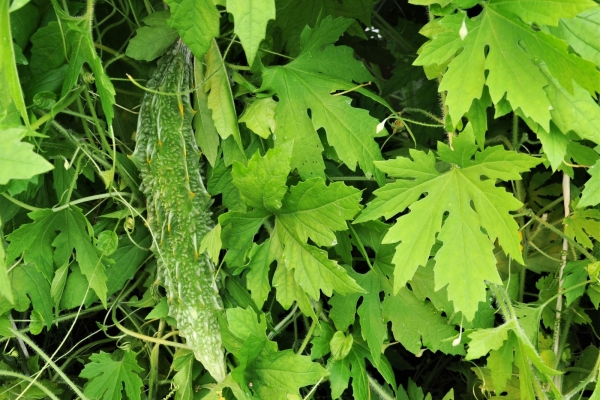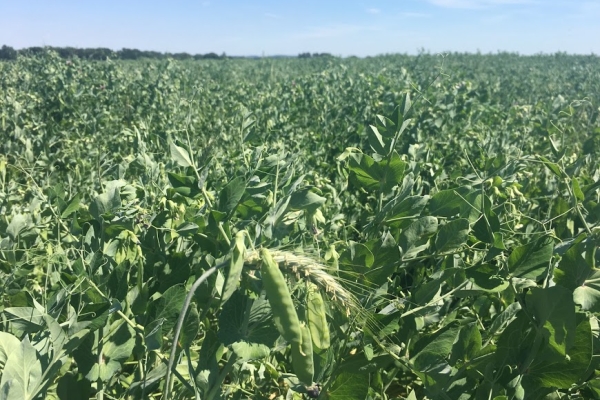Breaking away from the flock … diversification in farming
It won’t be news to anyone in the farming sector that times are tough. Farming is influenced by many external elements meaning sometimes the only option is to make the best of what can be a less than ideal situation. You don’t need to look too far for evidence of the current situation; Defra released figures showing a huge decline in farm incomes during the last 12 months. The uncertainty of what Brexit will actually mean for farming businesses is an added pressure.
Rising to the challenge
Many farming businesses have faced the challenges caused by external factors in recent times by choosing to diversify, to ensure the stability and growth of their business. Examples of diversification can be found right on our doorstep. Farmers like William Chase, the founder of Tyrrells Crisps, recognised the failing of his potato farm in Hertfordshire and diversified by moving into the ‘posh crisps’ market. He took his own farm grown potatoes and built a crisp-making production facility on the family farm so he could produce his own brand crisps. He has since sold Tyrrells Crisps and diversified again by producing premium vodka from the potatoes grown on his farm – a true success story of farm diversification from bankruptcy to millionaire!
It is estimated the average farm business could add an additional £10,400 to their revenue by making more efficient use of farmland and buildings or utilising farming skills in other areas. Yet, the appetite for diversification in farming appears to be decreasing. The uncertain times seem to be making farming businesses more nervous of stepping outside their comfort zone, when in fact this could be the prime time to consider diversifying.
Making the most of your farm’s attributes
You know your own farm business better than anyone else. You know the land and assets you have that could be used to diversify into other areas. You could be sitting on a mini gold mine which could be tapped through ultilising a piece of land, building, or the assets needed to create a small business to complement your farming expertise. Diversification doesn’t mean that you need to change your farm business entirely, it can be a little side project that keeps you afloat and adds an extra revenue stream to your existing income.
 Farmers who have already taken this approach have used their land to create mud obstacle runs and offered glamping experiences. Others have converted disused outbuildings into office spaces for start-ups, doggy day-care and animal training venues. Other farm businesses have added new product lines from crops and livestock to complement their current activities. The opportunities available are quite vast, they just require a little out of the box thinking.
Farmers who have already taken this approach have used their land to create mud obstacle runs and offered glamping experiences. Others have converted disused outbuildings into office spaces for start-ups, doggy day-care and animal training venues. Other farm businesses have added new product lines from crops and livestock to complement their current activities. The opportunities available are quite vast, they just require a little out of the box thinking.
Where do you go from here?
The Government is keen for farms to look for new revenue streams. Their website offers advice for agricultural businesses on diversifying and the points to consider as part of the planning process.
Remember, from acorns, mighty oaks can grow. It is best to make sure you protect your new idea and seek the advice of a professional adviser from the outset. They will help you to uncover any potential pitfalls in your plan and to look at minimising any risks and maximising revenue. An adviser will also be able to assist you with tax reliefs, legal documentation and any grants available to get your new project off the ground. The first stage in the process should be an assessment of your existing business and finances – this will help you decide how any new revenue streams could impact your turnover and profit.
So, put on your wellies and start thinking about the assets and skills you and your farm business have to take to market…
Katie Alsop is an agricultural disputes solicitor with law firm Wright Hassall LLP. Katie deals with disputes which arise within an agricultural setting whether commercial disputes or a dispute in relation to a contested will. From a farming family, Katie understands the impact that disputes can have on a business and works with her clients to find the best possible solution.






